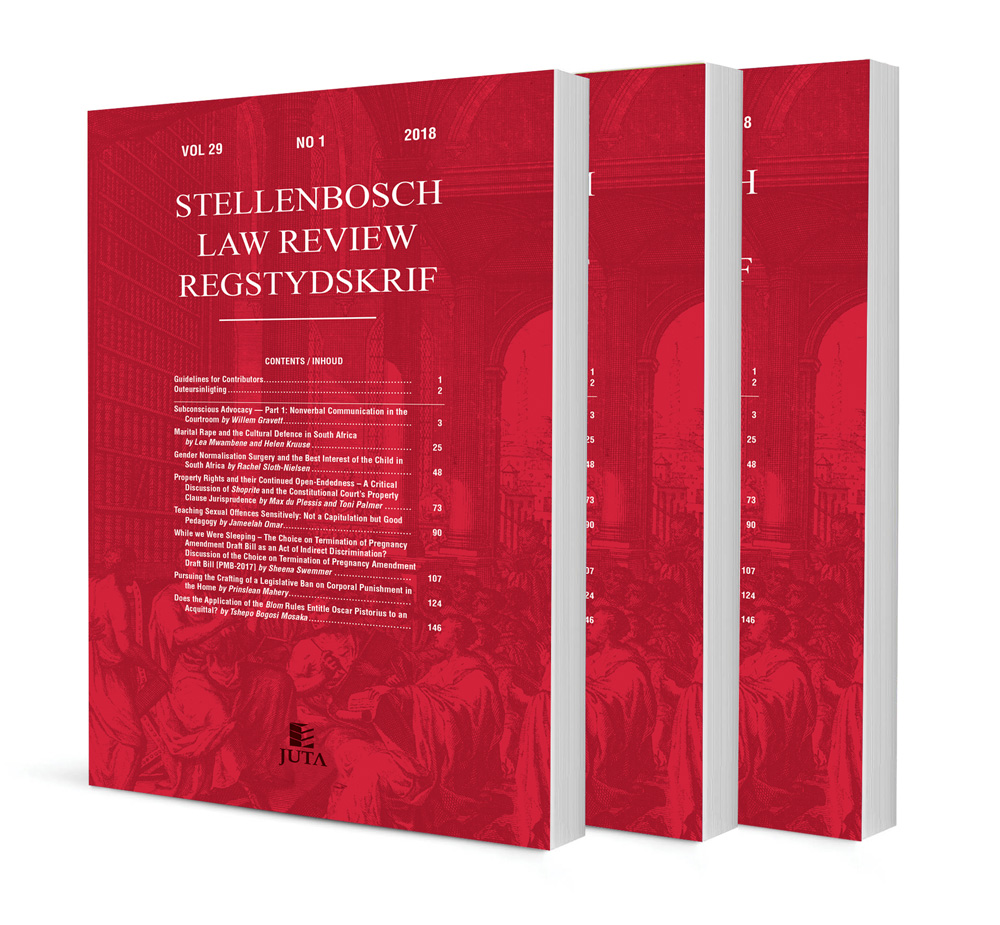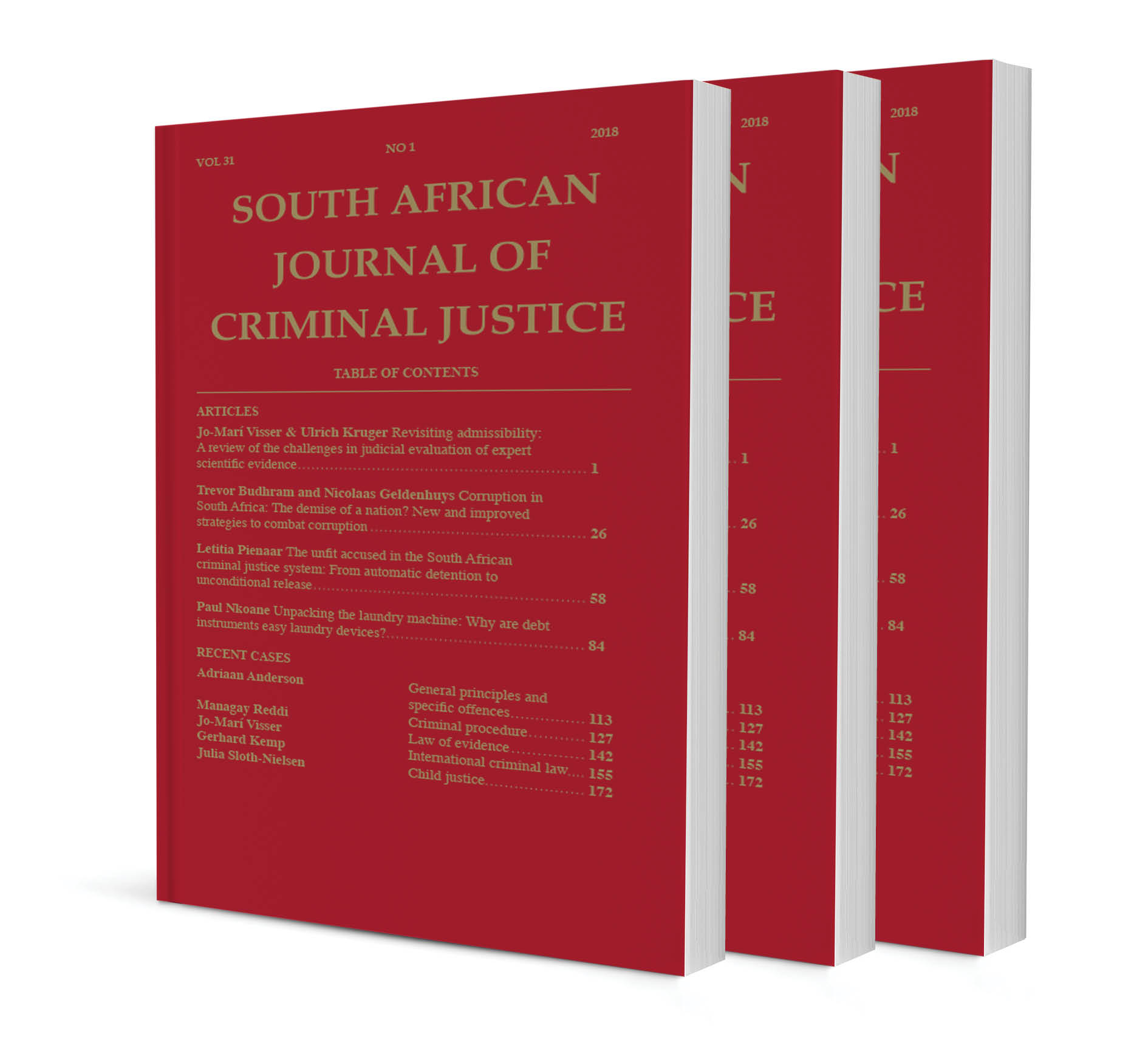Application and Granting of Rights to Minerals: A Trio of Legal Processes for Optimal Exploitation and Protection of Right Holders [An Analysis of Minister of Mineral Resources V Mawetse (SA) Mining Corporation (Pty) Ltd 2016 1 SA 306 (SCA)]

Application and Granting of Rights to Minerals: A Trio of Legal Processes for Optimal Exploitation and Protection of Right Holders [An Analysis of Minister of Mineral Resources V Mawetse (SA) Mining Corporation (Pty) Ltd 2016 1 SA 306 (SCA)]
Authors Heleen van Niekerk & Godknows Mudimu
ISSN: 1996-2193
Affiliations: BCOM LLB LLM (UJ) PhD (UCT), Post-doctoral Fellow: DST/NRF SARChI Research Chair: Mineral Law in Africa, Faculty of Law, University of Cape Town; B Soc Sci LLB (Rhodes) LLM (UCT), Postgraduate Researcher, DST/NRF SARChI Research Chair: Mineral Law in Africa, Faculty of Law, University of Cape Town
Source: Stellenbosch Law Review, Volume 30 Issue 2, 2019, p. 281 – 298
Abstract
The government employs various methods to achieve the ambitious objectives of the Mineral and Petroleum Resources Development Act, 28 of 2002. One method is to require that holders of rights must comply with certain transformation targets. Transformation targets are achieved, in particular, by requiring that certain percentages of companies that hold rights to minerals are owned by historically disadvantaged South Africans. Another method is to ensure the optimal exploitation of the country’s mineral resources. The opportunities for historically disadvantaged South Africans to enter the mining industry and to benefit from the exploitation of the country’s mineral resources may be compromised if mineral resources are not exploited in a manner that derives maximum benefit. Mawetse (SA) Mining Corporation (Pty) Limited provides an apt opportunity to illustrate the potential of the application and granting procedures contained in the MPRDA to contribute towards realising the transformative objectives of the MPRDA and to advance optimal exploitation of mineral resources. In this case, the court was confronted with two issues. The first issue is directly related to the transformative objectives of the MPRDA: whether an applicant for a prospecting right must comply with Black Economic Empowerment requirements. The second issue is directly related to the optimal exploitation of mineral resources and, therefore, by extension, also to transformation. It concerns the question whether the prospecting right in question lapsed. In reaching its conclusion regarding the lapsing of the right, the court identified three distinct legal processes in the application and granting of rights to minerals. This case note discusses both aspects of the judgment but hones in on how the three legal processes impact on optimal exploitation of mineral resources. We also provide comments on the protection of right holders during the three legal processes. We aim to illustrate, inter alia, that a traditional private law treatment of the application and granting procedures in the MPRDA is not necessarily in the best interest of optimal exploitation of mineral resources or the protection of right holders.
